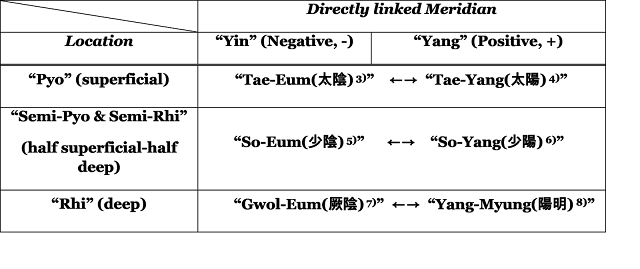Operating mechanism of the meridian system 9: Formation of Jong-Ki
Through digestion process, food is absorbed and converted into energy type which is required for our body. The nutrition absorbed in the small intestine is sent to the liver. And then the liver delivers the nutrition to the heart by the principle of “Gan-Jang- Hyul ( 肝臟血 ; bloods refreshing in liver) 1) ” and “So-Seol ( 疏泄 ) process 2) ”. Note 1) “Gan-Jang- Hyul ( 肝臟血 )”: Liver holds and filters bloods. Liver absorbs all the bloods in our body and then it stores them in the cells of liver. Through this process, liver cleans and purifies bloods. Note 2) “So-Seol ( 疏泄 ) process”: various stretching mechanism in body governed by liver. The mechanism embedded in liver, which makes it possible that we stretch our muscles, bloods spring from heart, various body fluids ramble from internal organs. The nutrition included in blood is supplied to the cells and tissues by the blood circulation, which is the normal scientific knowledge well known in the field of western medic

